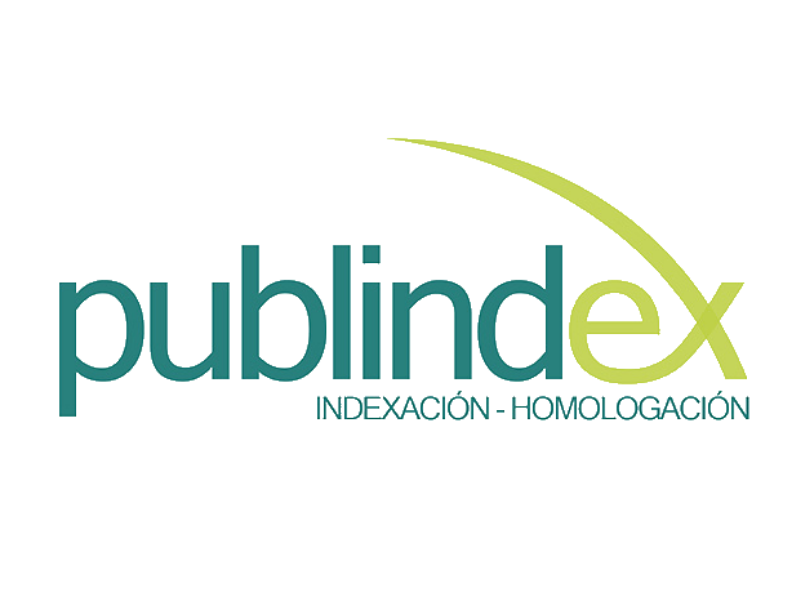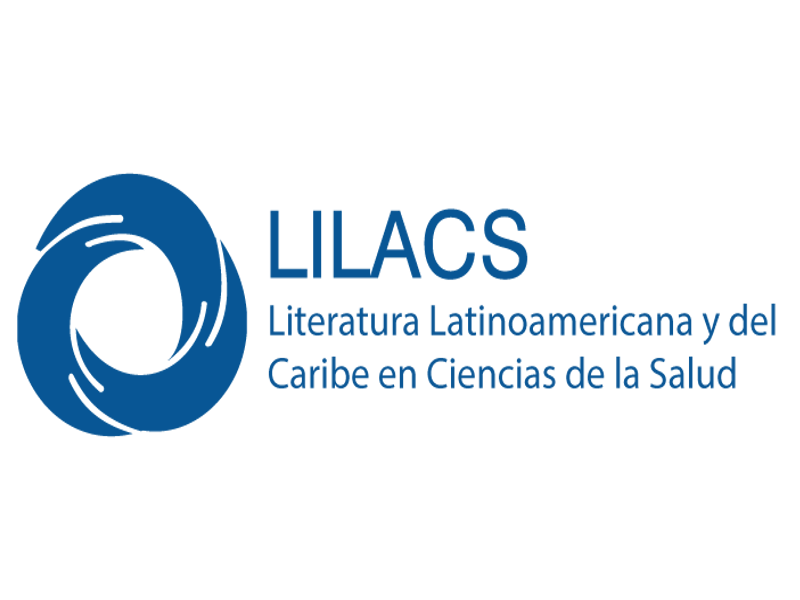Validity of lactate as a mortality biomarker in pediatric septic shock patients
Validez del lactato como biomarcador de mortalidad pediátrica en choque séptico
![]()
![]()

Show authors biography
Introduction: septic shock is a major cause of pediatric admission and mortality in intensive care. Lactate is a potential biomarker for early detection and mortality prediction, for low lactate clearance values are associated with decreased survival. Objective: to establish the validity of this biomarker and whether there is a relationship between hyperlactatemia and its serum clearance, with mortality in patients with septic shock. Materials and Methods: a case series carried out at the Neiva Hospital, Colombia, between October 2019 and February 2020, including patients from 1 month to 18 years of age, excluding transferred or previously treated patients. Data was collected through a daily medical record review, using descriptive statistics and p-value. Results: 22 patients were analyzed, most of them females (63.6%), mean age 4 years, mortality 13.6%. Pneumonia was the primary cause of septic shock. The highest hyperlactatemia values were found at diagnosis. The highest clearance level was obtained between 6 and 12 hours after admission. No p - value for mortality, lactate levels and clearance were < 0.05. Discussion: lactate as a mortality marker in the pediatric population is still under study. The limitation of this study is the small sample size, to which the p-value result of > 0.05 could be attributed. Conclusion: this study does not have enough statistical power to endorse the correlation between lactate clearance levels with death in the studied sample; studies including a greater number of pediatric cases, is recommended.
Article visits 227 | PDF visits 135
Downloads
- Jouffroy R, Léguillier T, Gilbert B, Tourtier JP, et al. Prehospital lactate clearance is associated with reduced mortality in patients with septic shock. Am J Emerg Med. 2021;46:367–373. https://doi.org/10.1016/j.ajem.2020.10.018 DOI: https://doi.org/10.1016/j.ajem.2020.10.018
- Pan J, Peng M, Liao C, Hu X, Wang A, Li X. Relative efficacy and safety of early lactate clearance-guided therapy resuscitation in patients with sepsis: A meta-analysis. Medicine. 2019;98(8):e14453. https://doi.org/10.1097/MD.0000000000014453 DOI: https://doi.org/10.1097/MD.0000000000014453
- Molloy EJ, Bearer CF. Paediatric and neonatal sepsis and inflammation. Pediatr Res. 2022;91(2):267-269. https://doi.org/10.1038/S41390-021-01918-4 DOI: https://doi.org/10.1038/s41390-021-01918-4
- Menon K, Schlapbach LJ, Akech S, Argent A, et al. Criteria for Pediatric Sepsis—A Systematic Review and Meta-Analysis by the Pediatric Sepsis Definition Taskforce. Crit Care Med. 2022;50(1):21-36. https://doi.org/10.1097/CCM.0000000000005294 DOI: https://doi.org/10.1097/CCM.0000000000005294
- Ramos Garcia PC, Tonial CT, Piva JP. Septic shock in pediatrics: the state-of-the-art. J Pediatr (Rio J). 2020;96(Suppl 1):87-98. https://doi.org/10.1016/J.JPED.2019.10.007 DOI: https://doi.org/10.1016/j.jped.2019.10.007
- Saraç Sandal Ö, Ceylan G, Sarı F, Atakul G, et al. Could lactate clearance be a marker of mortality in pediatric intensive care unit?. Turk J Med Sci. 2022;52(6):1771-1778. https://doi.org/10.55730/1300-0144.5522 DOI: https://doi.org/10.55730/1300-0144.5522
- Nazir M, Wani W, Dar SA, Mir IH, et al. Lactate clearance prognosticates outcome in pediatric septic shock during first 24 h of intensive care unit admission. J Intensive Care Soc. 2019;20(4):290-298. https://doi.org/10.1177/1751143719855202 DOI: https://doi.org/10.1177/1751143719855202
- Anthwal P, Kumar N, Manchandand A, Garg B, Six-Hour Sepsis Bundle Decreases Mortality: Truth or Illusion – A Prospective Observational Study. Indian J Crit Care Med. 2018;22(12):852-857. https://doi.org/10.4103/IJCCM.IJCCM_147_18 DOI: https://doi.org/10.4103/ijccm.IJCCM_147_18
- Bazaraa H, Roby S, Salah ES, Algebaly H. Assessment of Tissue Perfusion Using the Peripheral Perfusion Index and Lactate Clearance in Shock in Pediatric Patients. Shock. 2021;56(6):933–938. https://doi.org/10.1097/SHK.0000000000001811 DOI: https://doi.org/10.1097/SHK.0000000000001811
- Sankar J, Das R, Singh A. Effect of Prehospital Transport Factors on Shock Index, Serum Lactate, and Mortality in Children with Septic Shock: A Prospective Observational Study. J Emerg Trauma Shock. 2019;12(4):274–279. https://doi.org/10.4103/JETS.JETS_129_18 DOI: https://doi.org/10.4103/JETS.JETS_129_18
- Menon K, Schlapbach LJ, Akech S, Argent A, et al. Criteria for Pediatric Sepsis—A Systematic Review and Meta-Analysis by the Pediatric Sepsis Definition Taskforce. Crit Care Med. 2022;50(1):21-36. https://doi.org/10.1097/CCM.0000000000005294 DOI: https://doi.org/10.1097/CCM.0000000000005294
- Loomba RS, Farias JS, Villarreal EG, Flores S. Serum Lactate and Mortality during Pediatric Admissions: Is 2 Really the Magic Number?. J Pediatr Intensive Care. 2022;11(2):83–90. https://doi.org/10.1055/S-0042-1743180 DOI: https://doi.org/10.1055/s-0042-1743180
- Izquierdo Calahorrano PE, Sanchez Sanchez NM, Martinez MenaJM, Dueñas Espin IJ. Comparación de las escalas de mortalidad Pediatric Risk of Mortality (PRISM) y Pediatric Logistic Organ Dysfunction (PELOD) en pacientes pediátricos en una unidad de cuidados intensivos: Un estudio de centro único. Rev Ecuat Pediatr. 2021;22(2):1-8. https://doi.org/10.52011/0111 DOI: https://doi.org/10.52011/0111












